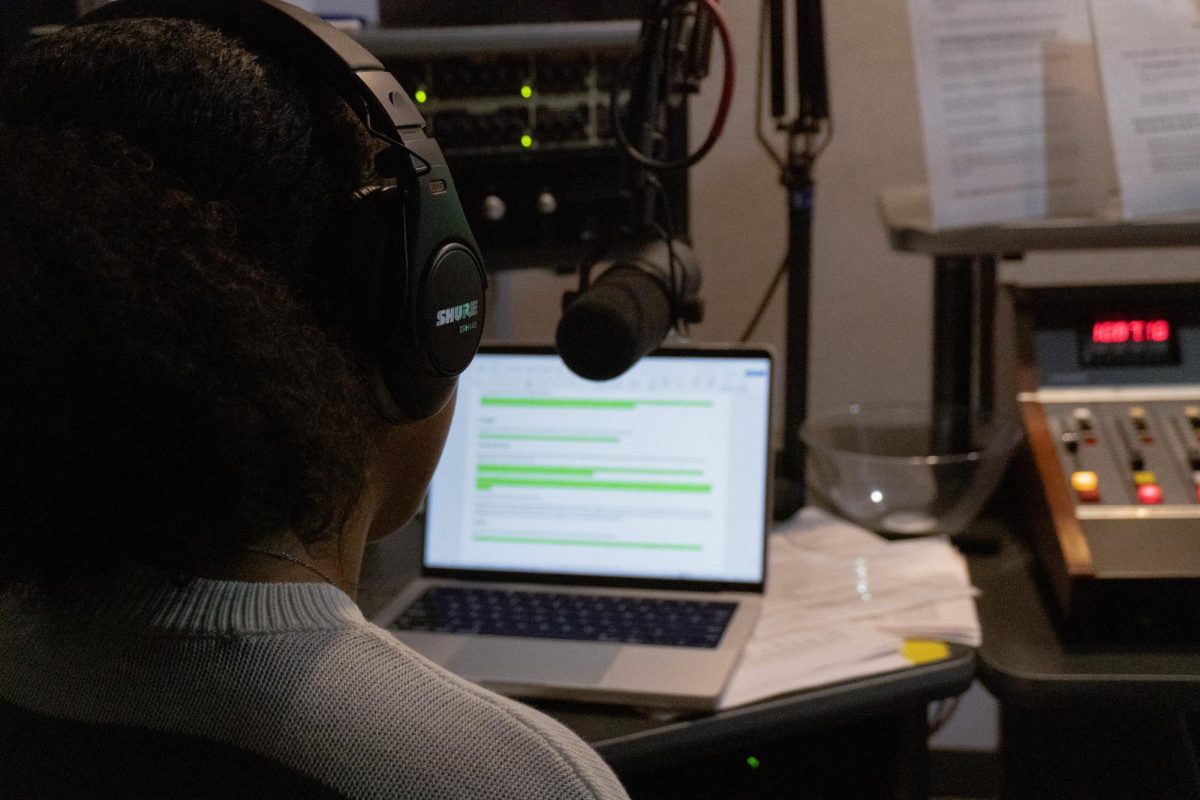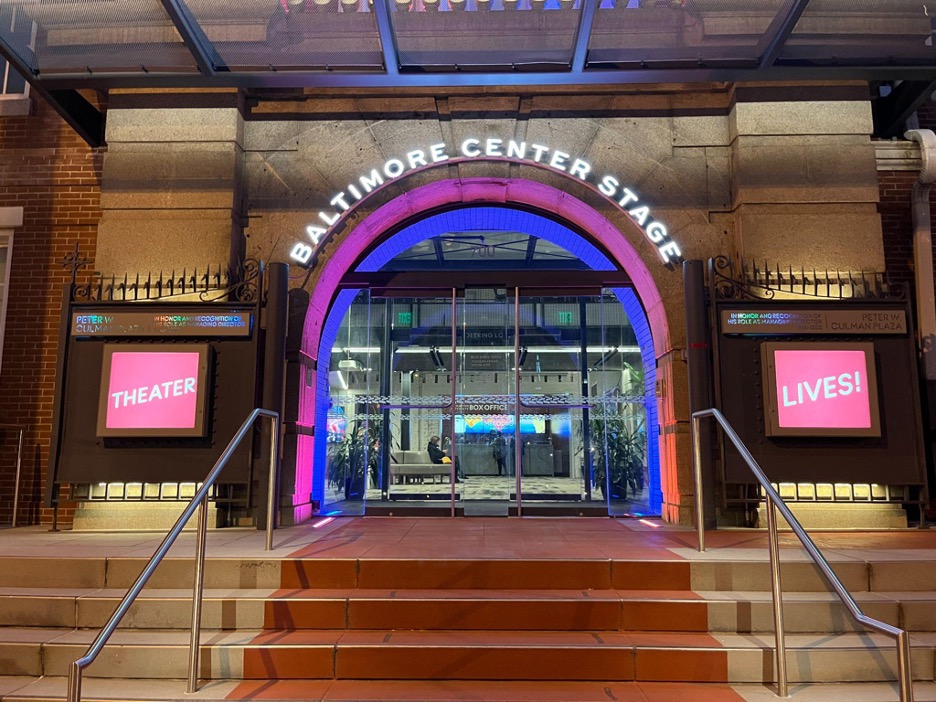On Tuesday, Jan. 30, Loyola staff and students gathered to discuss racism in today’s world in a conversation entitled “I’m Not Racist: Modern-Day Racism.” Attendees voiced their opinions about and experiences with modern-day racism in a continued talk from a Mosaic discussion that happened in December regarding racism.
The discussion compared the racism that goes on today to the racism that occurred throughout history. The forum also reviewed racism as a national issue and examined its presence on campus.
Alex Agee ’20 was the moderator and organizer. She opened the conversation by talking about the moral compass that includes seeing things from an emotional, intellectual, relational, and moral perspective.
“As a black woman, I came from an emotional perspective from hearing the things that my great-grandmother had to endure,” Agee said.
The discussion next incorporated the entire room, as each person revealed their thoughts on racism in the present day. Yamilex Pena ’19 even said that she did not like the term “modern-day racism.”
“It has always existed in some form. We have been doing work. This is not new to us. People do not see that it is everywhere,” Pena said. “The word ‘modern’ throws me off because nothing is modern about this.”
Associate Director of the Counseling Center Dr. Sheila Graham said she has seen racism on campus in the year and a half that she has been on staff at Loyola. Graham herself is an immigrant and said that due to the fact that she immigrated to the country and the color of her skin she has experienced racism firsthand. She believes it is hard for people to accept and realize that there is modern-day racism.
“Things such as segregation in the past had a name to it. Therefore, people [had] a sense of what was going to happen. The fact that there are new layers makes it different,” she said. “There is no name for it. It’s hard to put a label on it. Therefore, it is easier for people to hide the fact that there is racism.”
Next came passionate conversations about the racism on campus and what can be done to make people of color feel as if they belong here. One student brought up how often she sees people struggling with their sense of belonging. She has heard people say that they feel stuck and cannot find a way out because people do not understand.
Agee agreed and said that a lot of the girls she was friends within her first year transferred. They tried to make Loyola their home, but they felt as if they were outsiders.
Another topic discussed was the highly debated safety problems on campus. The question brought was, “Whose safety has more meaning?”
Graham talked about how often the relationship between Loyola and the Baltimore community is spoken about at Loyola, but the fact that Baltimore is a part of Loyola just isn’t talked about enough.
“When engaging in conversation about Loyola’s relationship with the Baltimore City, it is important to take into account the notion that [we] are members of both communities,” she said. “Many faculty and staff, as well as some students, are residents of Baltimore City as well as members of the Loyola community. Highlighting this fact might help reduce some of the ‘us vs. them’ tone that can sometimes linger in these conversations.”
Some are concerned about new fencing near senior housing, worried it has the unintended consequence of making Loyola feel more separated from the community.
“People feel more cut off now that the fences are near senior housing. It feels as if we have been cut off from the community,” she said.
At the discussion, the point was made that Loyola is every student’s temporary home for four years. If one does not feel comfortable walking around due to the color of their skin, they cannot feel as if they belong, highlighting the importance of campus inclusion.
















































































































Anonymous • Feb 18, 2018 at 1:45 pm
5
Nicholas Cirone • Feb 11, 2018 at 3:01 pm
4.5